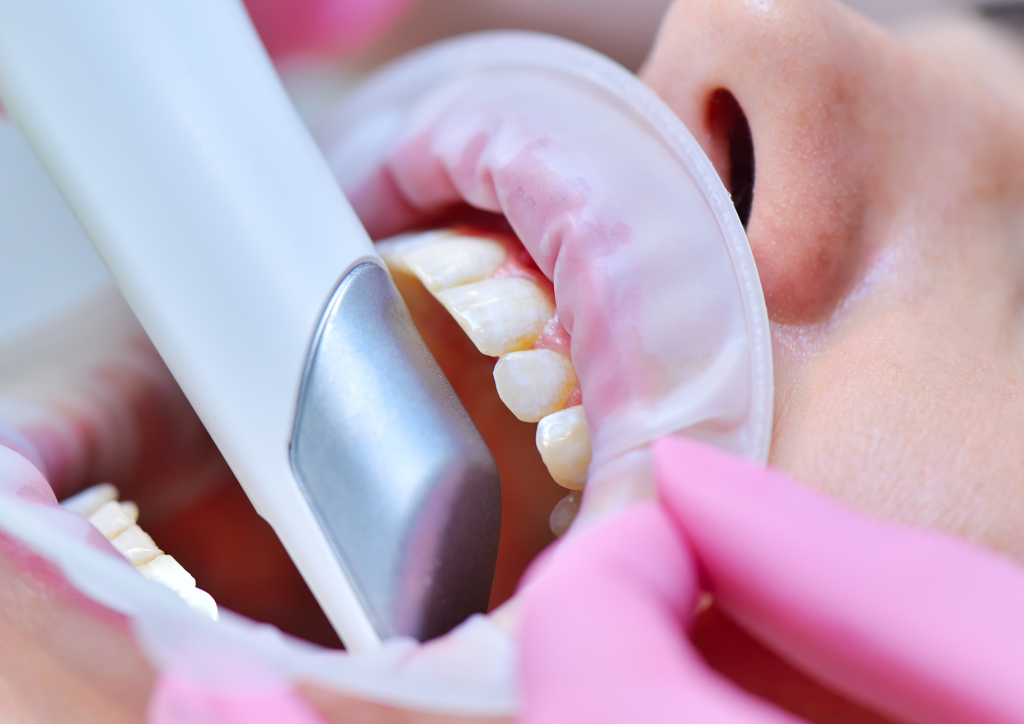Artificial Intelligence (AI) has rapidly transformed various sectors, and healthcare is no exception. In the field of dentistry, AI is making significant strides, particularly in dental radiology. Dental radiology, encompassing X-rays, Intraoral radiography, CBCT scans, and other imaging techniques, plays a pivotal role in diagnosing and monitoring oral and maxillofacial conditions. AI-powered solutions have the potential to revolutionise this domain, enhancing accuracy, efficiency, and patient outcomes.
Enhanced Diagnostics
Dental radiology is integral to the diagnosis of various dental conditions, such as caries, periodontal disease, cysts, tumours, and oral cancers. AI algorithms can assist in the early detection of these issues by analysing radiographic images with remarkable precision. For instance, AI can identify subtle changes in tooth density, bone structure, or tissue anomalies that may escape the human eye. This early detection can lead to prompt intervention and improved treatment outcomes.
Treatment Planning
AI can aid dentists in developing more personalised treatment plans. By analysing patient data, including radiological images, AI algorithms can provide insights into the best treatment options, predict treatment outcomes, and even simulate the expected post-treatment appearance. This empowers dental professionals to make informed decisions, ensuring the most effective and tailored treatments for their patients.

Workflow Efficiency
AI-driven dental radiology solutions can significantly streamline the workflow in dental practices. Algorithms can automate the tedious task of image analysis, reducing the time spent on reviewing radiographs. This allows dentists to focus more on patient care and decision-making, ultimately improving the overall efficiency of dental clinics.
Minimising Radiation Exposure
Dental radiology involves the use of ionising radiation, which poses potential health risks if not properly managed. AI can help in optimising radiation doses by determining the minimum amount necessary to obtain diagnostically useful images. This not only reduces the patient’s exposure to radiation but also enhances the safety of dental staff.
Predictive Analytics
AI can be employed to predict and prevent certain oral health issues. By analysing historical patient data, AI algorithms can identify patterns and risk factors associated with dental conditions. For example, AI can predict the likelihood of a patient developing cavities based on their dental history and lifestyle factors. This allows for proactive preventive measures, such as recommending fluoride treatments or dietary changes.
Integrating artificial intelligence into dental radiology promises to revolutionise how dental diseases are diagnosed and managed. By enhancing diagnostics, treatment planning, workflow efficiency, and radiation safety, AI empowers dental professionals to provide more accurate and personalised care to their patients. Moreover, the predictive capabilities of AI enable proactive preventive measures, contributing to better oral health outcomes. As AI continues to evolve, its role in dental radiology will likely expand, further improving the quality of dental care and patient experiences. Embracing these technological advancements is essential for modern dental practice, ensuring that patients receive the highest standard of care while minimising risks and optimising treatment outcomes.

About the Author:
DR SURESH KANDAGAL VEERABHADRAPPA
Senior Lecturer, Oral Medicine / Oral Radiology, Faculty of Dentistry, SEGi University
Dr Suresh K V is a specialist in Oral Medicine and Maxillofacial Radiology. He earned his Bachelor of Dental Surgery (BDS) from Rajiv Gandhi University of Health Sciences. He furthered his education by completing a Master’s programme in Oral Medicine & Radiology at Yenepoya University. Driven by a deep passion for research, he has conducted extensive research in various dental fields, publishing over 85 articles in esteemed peer-reviewed journals. Additionally, he has contributed as a reviewer for several prestigious journals and currently holds the position of Editor at the Asia Pacific Journal of Health Sciences & Research.

